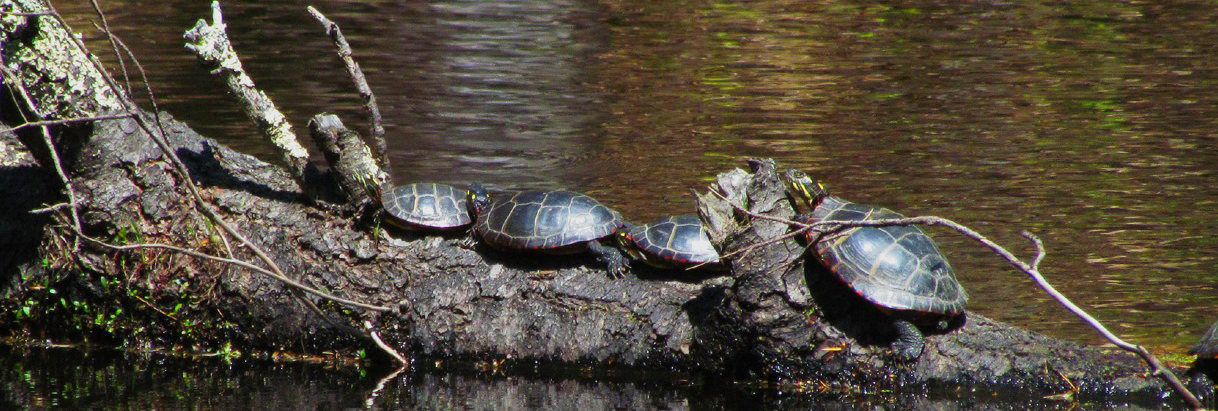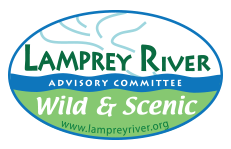CREATIVE RESPONSE PROJECTS
Overview:
Many creative projects are possible in connection with the Lamprey. Artistic responses can be included in journal assignments. Students can do creative response projects on their own or as class or group projects. Creative projects can also be part of the final presentations for research projects.
Learning Objectives:
Students will
- experience a range of learning styles to reinforce their study of watersheds;
- express observations and share ideas and information about the river through a variety of media.
Possible Materials:
- a range of drawing, painting, collage, mobile, and sculpture supplies
- fabric and fiber supplies for quilting and weaving
- costumes, set supplies, and musical instruments for drama
- tape recorder and audiotape, cameras and film, and video camera and tape
Procedure:
Artistic projects need clear guidelines and expectations. Tell students you expect them to spend ten to twelve hours (sometimes more) on a project and show them examples of work that clearly took that long. Have students submit a plan for their project and later write a progress report. Art projects should include a written rationale by the artist and an oral presentation. Ask for a 500-word rationale explaining why the student chose a particular medium and describing the creation process, what the piece is about, what was learned, and how the student evaluates the success of the project. The final, written rationale makes the difficult task of evaluating creative work easier. While it is hard to avoid being influenced by imagination and skill, try to focus on effort and thought in grading these projects.
Some of the following projects are best done by individuals; others require a group:
- Write and illustrate a children's book and present it to an elementary school class.
- Paint or draw a series of pictures of the river.
- Create a photo journal of the river with accompanying text.
- Make a video about the river. The video can include visual imagery, historic sites, and a soundtrack, including narration and interviews.
- Work with others to make a mural about the river. This could be permanent on a wall at school or on large paper.
- Write and perform music inspired by the river. (Combine the music with natural sounds recorded at the river.)
- Make a compilation tape of songs that you somehow connect with the river. Explain your choices.
- Make a sculpture, collage, or montage.
- Make a quilt. Quilter Merrilyn San Soucie from Newmarket does arts residencies in schools with grants from the New Hampshire State Council on the Arts (listed in "Resources").
- Make a weaving with artist Sarah Haskell (New Hampshire Council on the Arts).
- Write a play about the river. Themes could include the geological formation of the river, human history along the river, or modern concerns about pollution and preservation. Make sets and perform the script. Genevieve Aichele, theater artist, and Randy Armstrong, musician (NH State Council on the Arts listed in "Resources") help students write and perform plays with musical soundscapes.
- Create a dance and movement piece inspired by the river and its history. Use props such as fabric or natural objects and set the piece to music. Depending on the goals and scope of the project, students might present their pieces in an evening showcase, display their work in a local library or town hall, or give their projects to the community.

